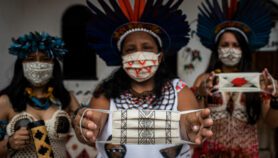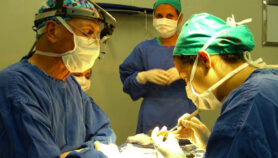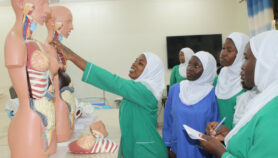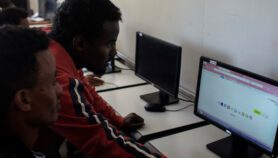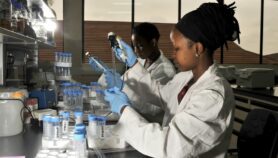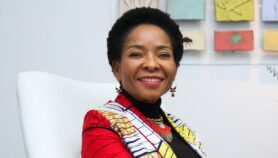By: Luisa Massarani
Send to a friend
The details you provide on this page will not be used to send unsolicited email, and will not be sold to a 3rd party. See privacy policy.
[RIO DE JANEIRO] Rio de Janeiro’s annual carnival parade will feature a moving display on science for the first time this February, thanks to collaboration between a samba school and Casa da Ciência, one of the city’s science and technology cultural centres.
The science display will highlight the world’s main scientific discoveries, and aims to show how science has led to achievements that were previously thought to be impossible.
"It is important to bring the scientific world closer to popular culture," says Fátima Brito, head of Casa da Ciência, which is linked to the Federal University of Rio de Janeiro. "The parade is attended by about 105,000 people and is also broadcast by television and Internet to about 1 billion people in 243 countries."
The display, by the Unidos da Tijuca samba school, will depict a time machine, and aims to take the public on a journey through the past, present and future of science. Dancers will wear costumes representing inventions such as aeroplanes, space shuttles, and submarines. A special section is devoted to the Brazilian Alberto Santos Dumont, who disputed the Wright brothers’ claim to have made the world’s first flight.
(km).jpg)
A costume representing Dolly the sheep, the first cloned animal |
Early experiments on electrical energy and fictional attempts at creating life – as illustrated by the story of Dr Frankenstein and his monster – will also be represented in the display. A significant section deals with genetics and human cloning.
Many of Brazil’s scientists and science communication professionals have praised the initiative. "Popular art is a key and attractive tool [for popularising science] and so I consider the efforts of the Casa da Ciência within the arena of the carnival to be very significant," says José Ribamar Ferreira, president of the Brazilian Association of Science Centres and Museums. |
"Through this initiative, we can reach many people who were never interested in science issues before," he adds. "This contrasts with science centres and science magazines which, although significant, in general only reach those who already have an inclination towards science."
Physicist Constantino Tsallis, a leading Brazilian scientist and member of the Brazilian Academy of Science, describes the initiative as "magnificent". "It is crucial that people realise that science and art are integral parts of everyday life and of the human condition," he says.
Similarly Ennio Candotti, president of the Brazilian Society for the Advancement of Science, is positive about what the initiative can do both for science and for carnavalescos, the carnival parade designers. "Science can offer ideas and themes never considered before by the carnavalescos, enriching the universe of facts and images brought to the carnival," he says.
But others doubt that the initiative will have a significant impact on perceptions of science. Marcelo Leite, science editor of the newspaper Folha de São Paulo, says: "I am a bit sceptical about whether reliable scientific content can be disseminated in this way." According to Leite, there is a large risk of reinforcing stereotypes of science in this kind of activity. "However, pioneer initiatives are important in testing out new possibilities," he adds.


